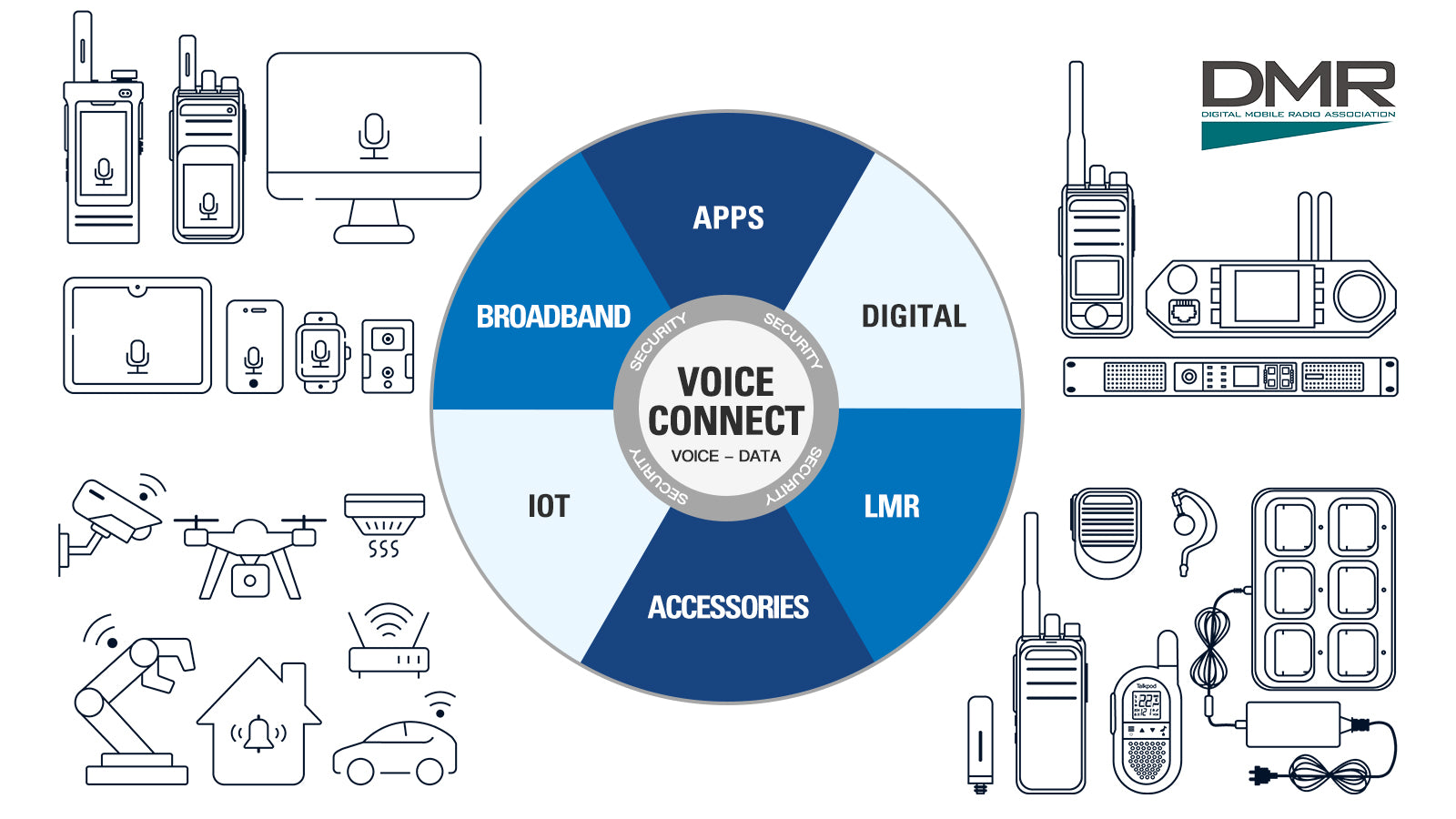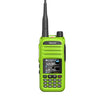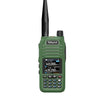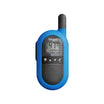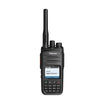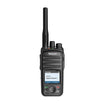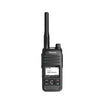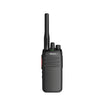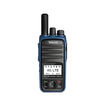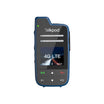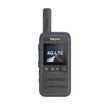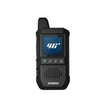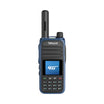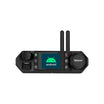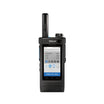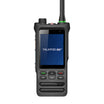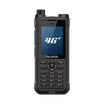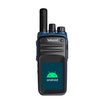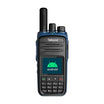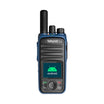What is Bit Rate?
Bit Rate, expressed in bits per second (bps), is a measure used to quantify how much data is transmitted or processed over a unit of time in digital communication systems, including two-way radios. It indicates the speed at which information is conveyed between devices. In the context of two-way radios, the bit rate can determine the clarity and quality of the transmitted voice or data.
How Does Bit Rate Function in Two-Way Radios?
In two-way radio systems, bit rate plays a fundamental role in defining audio quality and the efficiency of data transmission. Higher bit rates typically result in better sound quality since more audio information can be sent per second. However, they also require more bandwidth. Conversely, lower bit rates use less bandwidth but may lead to lower audio quality, potentially affecting the clarity and intelligibility of voice communications.
Why is Bit Rate Important for Two-Way Radio Communications?
- Audio Quality: A higher bit rate allows for higher audio quality, which is crucial for clear communication, especially in emergency response or noisy environments.
- Data Efficiency: In digital two-way radios, the bit rate affects not only voice communication but also the efficiency and speed of data transmission, such as text messages or GPS location data.
- Bandwidth Utilization: Understanding and optimizing the bit rate is essential for effective bandwidth utilization, ensuring that the radio network can support the necessary number of simultaneous calls without congestion.
- System Compatibility: Different two-way radio systems may support different maximum bit rates. Ensuring compatible bit rate settings is crucial for interoperability between devices and systems.
Conclusion
Bit Rate is a crucial parameter in two-way radio communications, impacting everything from audio quality to network efficiency. Balancing bit rate with bandwidth availability and system requirements is key to optimizing two-way radio networks. By understanding and appropriately configuring bit rates, organizations can ensure robust, clear, and efficient communication channels, vital for operational success and safety in various fields.


